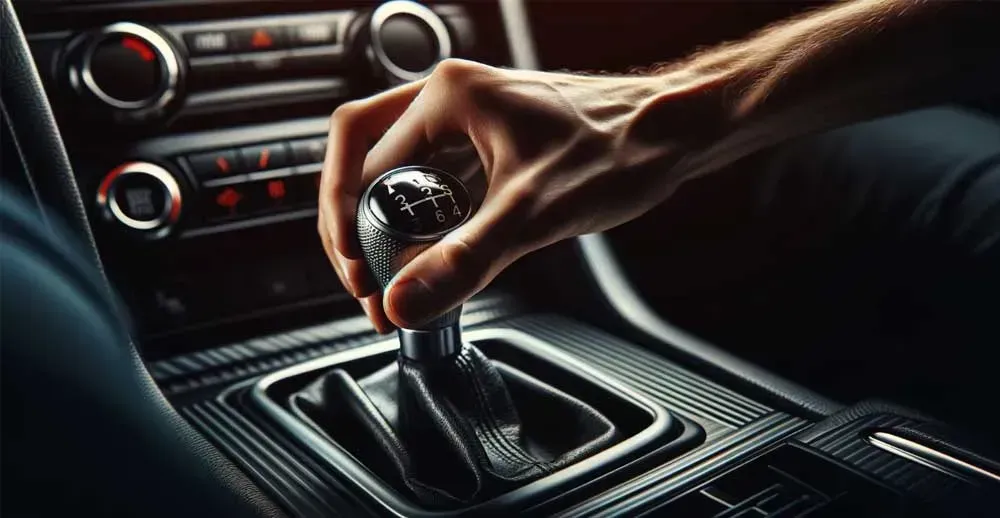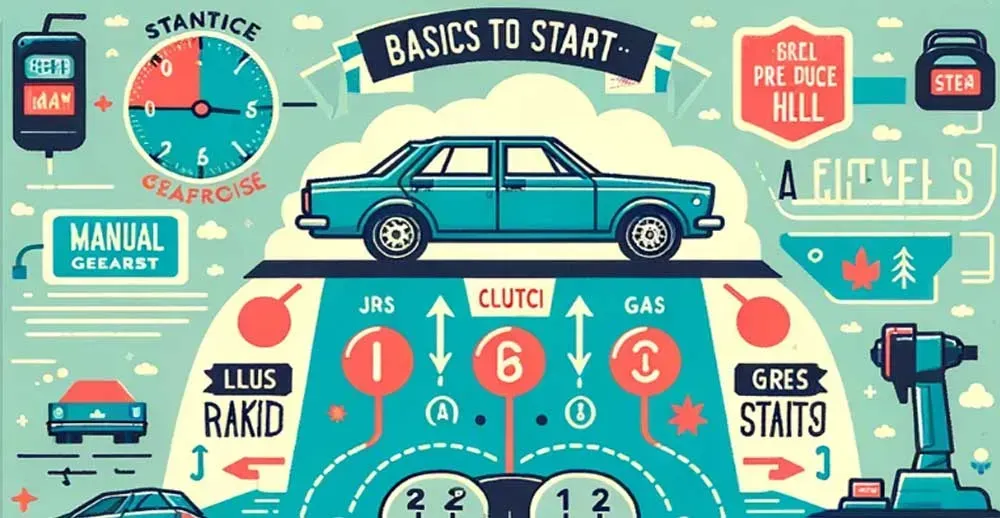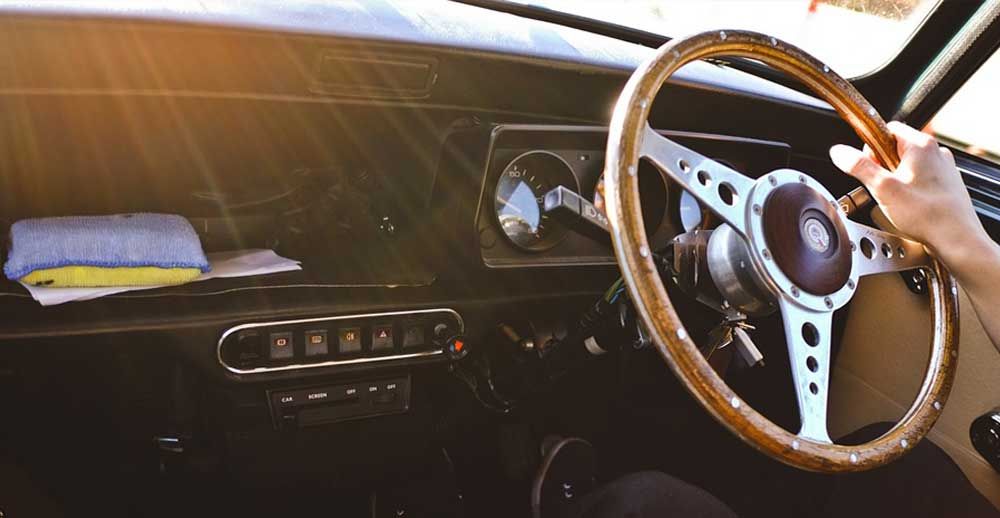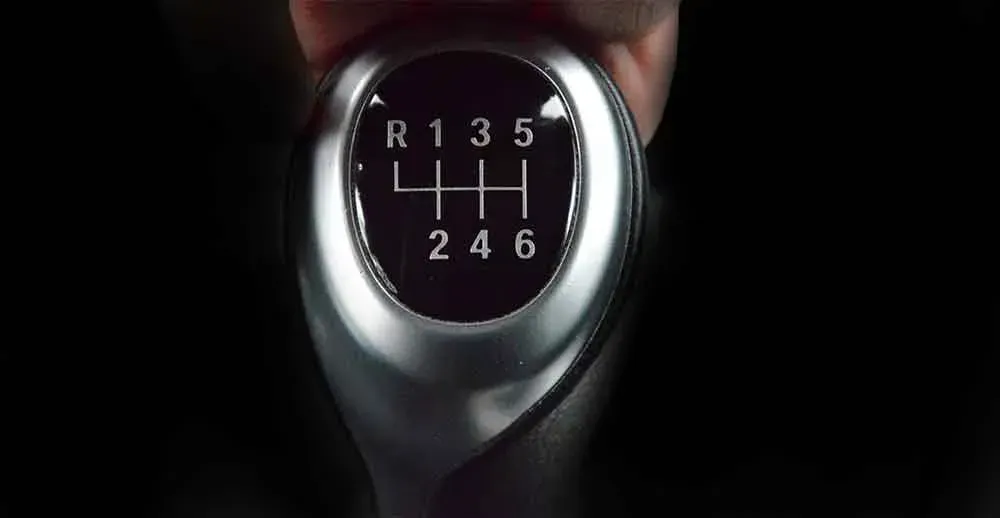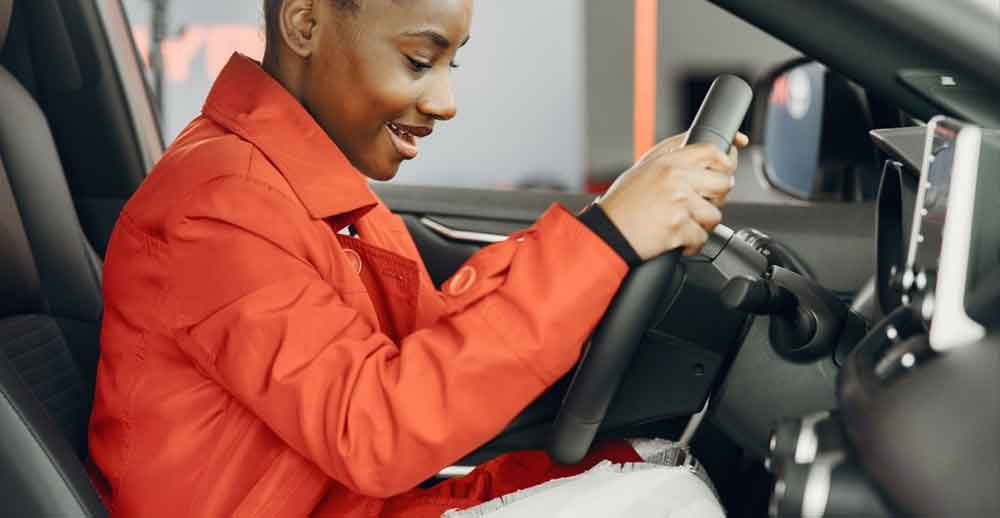How to Prepare for and Handle Night Driving During Your Driving Test
Night driving can sometimes be very difficult, this is especially so for those learner drivers preparing for their driving test. Melbourne is known for night driving and it is very important for a person to master this in order to be a confident driver. Although the driving tests in some areas do not include night driving, Melbourne has certain rules that allow learner drivers to face different conditions. This article contains very informative information and tips to help you get ready and cope with night driving during your driving test in Melbourne, Australia.
1. Understanding Night Driving Requirements in Melbourne
Melbourne, like the rest of Victoria, has specific requirements for learner drivers when it comes to night driving. According to VicRoads, learner drivers under 21 must complete at least 120 hours of supervised driving practice, including a minimum of 20 hours at night. These regulations are set to ensure that learner drivers gain adequate experience in all driving conditions before they are ready for solo driving.
As it is evident, night driving is driving that happens any time from sunset to sunrise. Although it may not be required that you practice night driving while preparing for your driver’s license test, it is important that you incorporate nighttime practice in your practice sessions to prepare you for real life situations. Studying these requirements and being keen on them will not only assist one pass the driving test but will also assist one become a safer driver in Melbourne.
2. Preparing for Night Driving
a. Practice Regularly at Night
The most important aspect of becoming confident at night driving is practice. Do not stick to one part of the night while practising your driving, make sure to drive during different hours of the night as you will experience different lighting conditions. As a practice, it is recommended to drive during the day and take the car out at night to have a feel of night driving both in urban and suburban/rural areas. The more time you spend driving at night the more you adapt to the conditions that are characteristic of such a type of road, for instance, poor light conditions and the ability to detect possible dangers.
b. Know Your Vehicle
It is important to familiarize yourself with your car when driving at night. Find out how the headlights, the high beams and the fog lights work, as well as the dimming controls of your car dashboard. Before starting the journey, make sure that all the lightings are in good condition with the windscreen being clean to reduce glare and for proper vision. Being able to change your mirror settings and eliminate glare from the headlights of the car behind can also go a long way toward comfort and safety.
c. Use of Logbook
Learner drivers in Melbourne are required to keep a learner driver logbook to record the hours they spend driving. This is made up of night driving hours important when showing that the candidate has had sufficient practice in darkness. It will also be checked during your driving test, therefore, make sure that the practice done at night is well recorded. In addition to satisfying legal requirements, a written log will help you monitor your progress and determine what aspects of the process may require more attention.
3. Tips for Handling Night Driving During the Test
a. Adjust Your Speed
Night driving is different from day driving since the environment and conditions change at night. Because of the reduced visibility, it may be necessary to slow down depending on the condition of the road. Slow down to reduce the chances of an accident or collision with an object or change of direction of the road. It is mandatory to drive at a speed, at which you are capable of coming to a stop, within the range that is lit by your car headlights.
b. Use Headlights Appropriately
Usage of headlights is very important, especially at night time. Make use of low beams when driving at night during rush hour or when there is another car approaching in the opposite direction. While using the high beams, one should only use them on the black, unlit road without other vehicles approaching from the opposite direction since they provide a better view in front. Don’t forget to turn the headlights back to low beams if you have vehicles in front of you or when you are approaching a bend.
c. Stay Alert for Hazards
Usage of headlights is very important, especially at night time. Make use of low beams when driving at night during rush hour or when there is another car approaching in the opposite direction. While using the high beams, one should only use them on the black, unlit road without other vehicles approaching from the opposite direction since they provide a better view in front. Don’t forget to turn the headlights back to low beams if you have vehicles in front of you or when you are approaching a bend.
d. Reduce Distractions
Interference can be more perilous at night since it requires more attention, and visibility is low during the night. Switch off car interior lights, and avoid turning up your car radio loud or engaging in activities that distract your focus on the road. Most importantly, do not operate your mobile phone while driving because this is dangerous and may lead to an accident.
4. Managing Common Night Driving Challenges
a. Glare from Oncoming Traffic
Bright light from other vehicles can cause one to be blinded. To avoid this, you need to turn your gaze slightly to the left of the road rather than staring at the car’s headlights. This is where the rearview mirror’s night mode comes in handy to minimise any glare from vehicles behind you.
b. Fatigue
The night is usually regarded as the most dangerous time for drivers due to increased fatigue cases. To avoid this, make sure that you have had adequate rest before getting behind the wheel. Some of the signals that people give when they are tired include yawning, having heavy eyes or even having a hard time focusing. During the driving test, if you feel sleepy you should request a break and may take some time to exercise or even breathe. Do not consume large meals just before getting behind the wheel as they cause drowsiness.
5. Understanding Road Signs and Markings at Night
During the night it becomes difficult to read signs or recognize the signs painted on the roads. Beforehand, it is advisable to acquaint yourself with the typical traffic signs and characteristics of their reflection. Be extra cautious to note the reflective lane markers and warning signs, especially in areas of poor illumination. The knowledge of how the roads are arranged and what kinds of signs to look out for can make you better prepared for what is to come in your test.
FAQs
1.Is night driving mandatory for all learner drivers in Melbourne?
Indeed, learner drivers below the age of 21 are obliged to undertake at least 20 of the 120 supervised hours in nighttime driving conditions. This is to ensure that they should practise in such areas before they are allowed to drive alone at night.
2.What are some common mistakes to avoid during a night driving test?
Some of them include improper use of headlights, speeding, failure to notice pedestrians or cyclists, and distracted driving due to other activities in the vehicle. To avoid these mistakes one has to avoid distraction, use the headlights correctly and drive safely at a recommended speed.
3.How can I reduce the effects of glare from oncoming headlights?
In order to minimise glare, one should avoid focusing on the oncoming car’s headlights. But do so slightly to the left of the car and use the edge line as your guide in the process. Using the night mode of the back mirror is also helpful for the elimination of the glare from vehicles behind the car.

